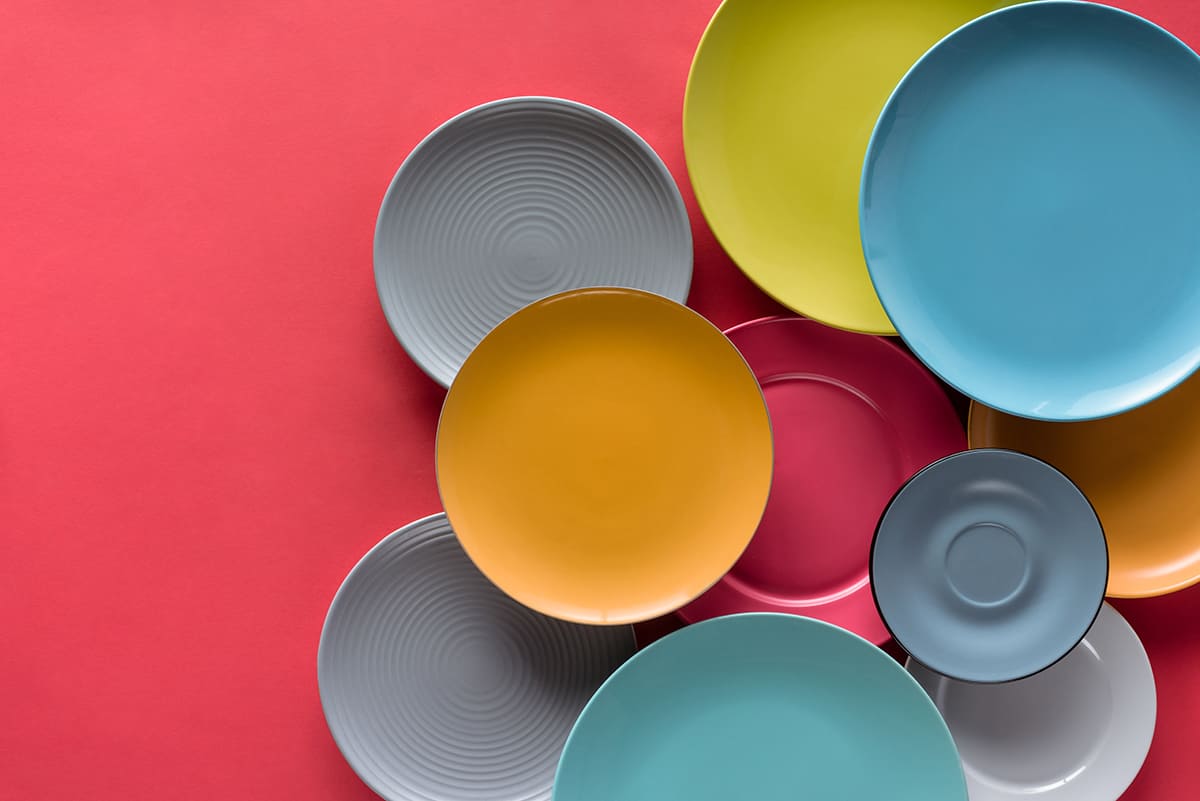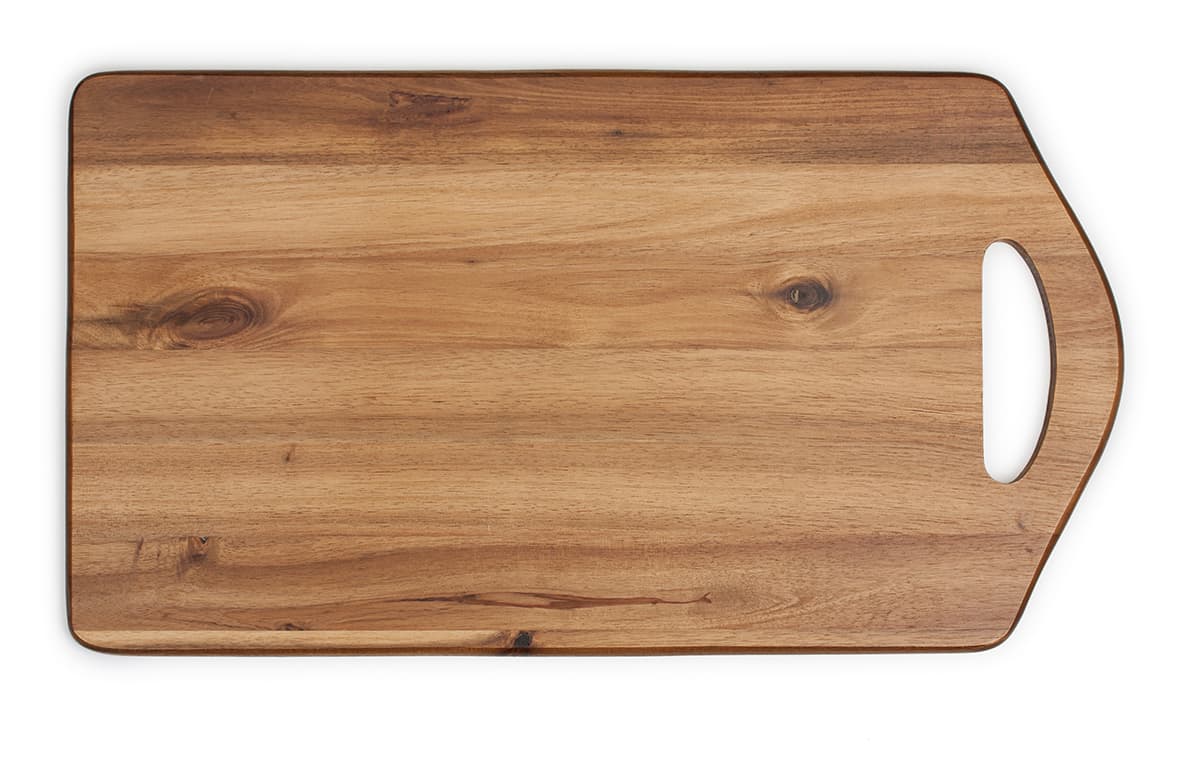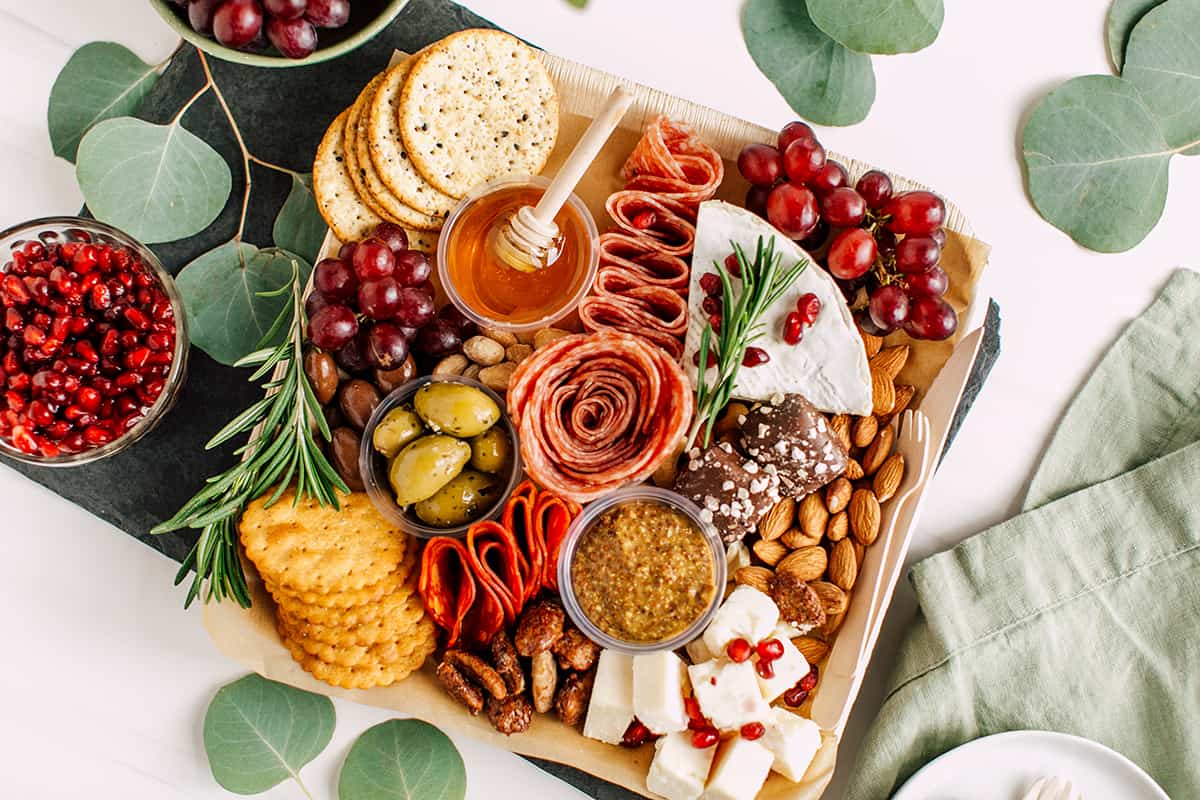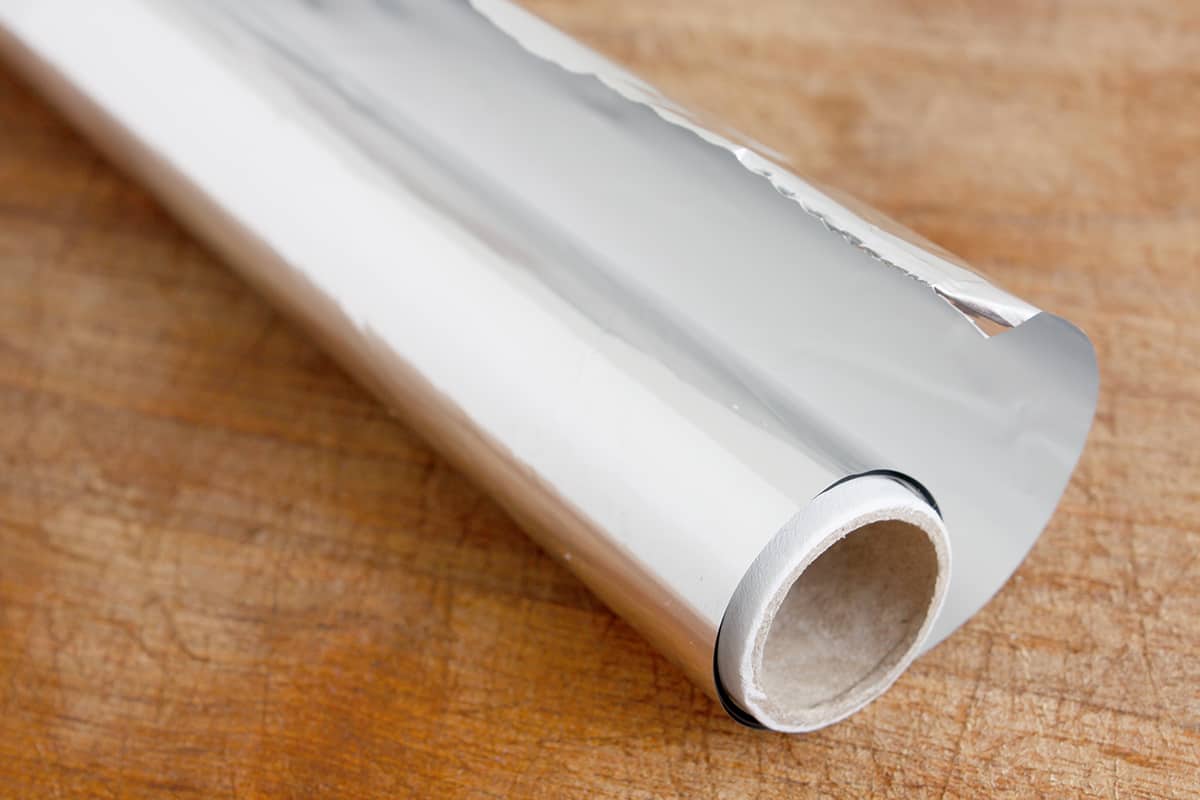Whether you’re starting your own eatery or planning to redo your kitchen, you should think about the uniformity of your dishes pertaining to their colors. Believe it or not, color plays a much bigger role in our daily lives than we care to think of.
The most popular dish color options are white, black, red, blue, green, and yellow. However, there is no “right” or “wrong” color since your personal preference is a key factor in choosing which dish color to go with.
Today, we’re going to explore the psychology of color in terms of dishes and dining. I’ll also provide a brief explanation of what different dish colors can mean.
Why Does Dish Color Matter?
Dish color matters because it affects not only the visual appeal of your dining experience, but also your mood and appetite. Different colors can create various atmospheres and influence our emotions, making mealtime more enjoyable or unappetizing. Additionally, dish colors can enhance or detract from the appearance of the food served, impacting your overall dining experience.
The Psychological Impact of Colors
Colors have a significant psychological impact on our perceptions and emotions. For example, warm colors such as red, orange, and yellow evoke feelings of warmth, energy, and appetite stimulation.
In contrast, cool colors like blue, green, and purple are soothing, and calming, and may suppress appetite. Neutral colors, such as white, beige, or gray, provide a minimalist and versatile background that allows the food to take center stage.
Factors to Consider When Choosing Dish Colors
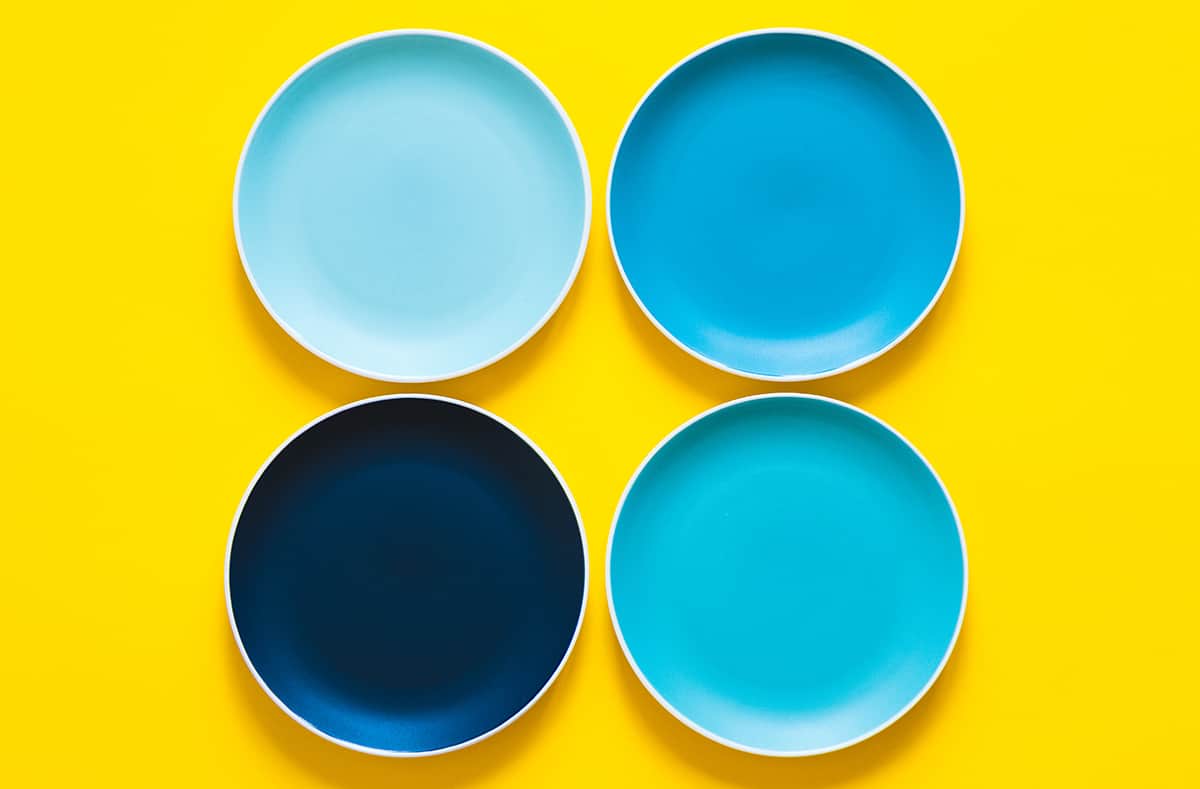
While there’s no strict rule when it comes to selecting the color of your dish, it’s worth considering certain factors. These include the occasion, the type of food being served, the decor of the dining area, and personal preferences. Ultimately, the color you choose is a matter of individual taste and style.
1. Personal Preference
Your personal preference plays a crucial role in choosing dish colors. Consider what colors resonate with you and evoke the emotions you wish to experience during mealtime. Ensure that the chosen colors align with your aesthetic preferences and create a pleasant dining atmosphere.
2. Functionality
Functionality is an essential factor when selecting dish colors. Some colors can make it difficult to see certain foods or sauces, while others may cause stains to appear more prominently. Light-colored dishes are versatile and showcase food well, while darker colors may hide stains better.
3. Kitchen Theme and Décor
Your kitchen’s theme and décor should influence your dish color choices. Select colors that complement your kitchen’s color scheme and design style. For instance, if your kitchen features a modern, minimalist design, opt for simple, monochromatic dishware. Alternatively, if your kitchen has a more traditional or rustic theme, consider patterned or colorful dishes.
4. Occasion or Event
The occasion or event you’re hosting can also guide your dish color selection. For formal events, consider elegant, understated colors or classic white. For casual gatherings, opt for vibrant or playful colors that create a relaxed, inviting atmosphere. Seasonal colors or themed dishware can also add a touch of festivity to holiday celebrations.
Popular Dish Colors and Their Meanings
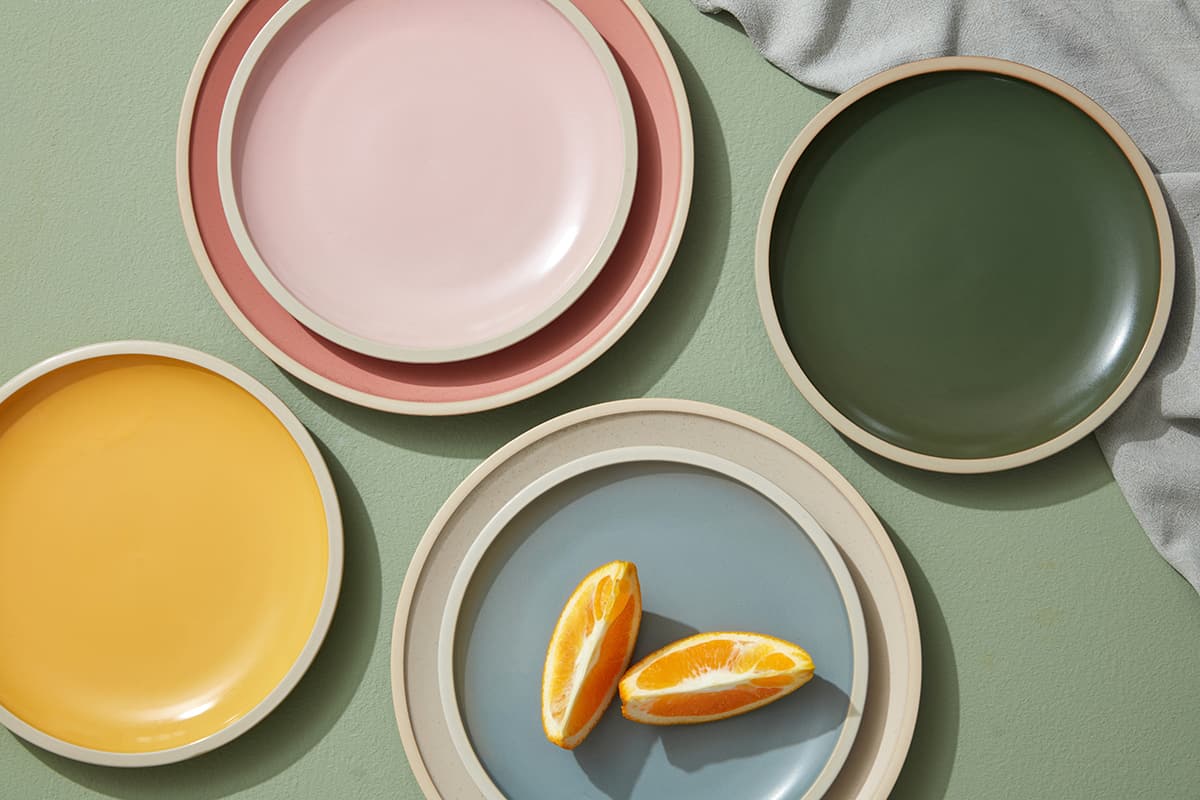
If you’d like to see what all restaurants (high-end and fast-food chains) are doing, then take a look at these popular dish color choices.
1. White Dishes
White dishes are a timeless classic and are often considered the most versatile option. They provide a clean, minimalist look and allow the food to take center stage. White dishes symbolize purity, simplicity, and elegance, making them ideal for both casual and formal settings.
2. Black Dishes
Black dishes exude sophistication and modernity. They create a striking contrast with the food served, making for a visually appealing presentation. Symbolizing strength, power, and elegance, black dishes are perfect for contemporary kitchens and upscale dining experiences.
3. Red Dishes
Red dishes evoke feelings of warmth, passion, and excitement. Known to stimulate appetite, red dishes are ideal for serving flavorful, robust meals. They can create a vibrant and energetic atmosphere, making them suitable for lively gatherings and celebrations.
4. Blue Dishes
Blue dishes convey a sense of calmness, serenity, and tranquility. As a cool color, blue can suppress appetite, making it ideal for serving lighter meals or as an accent color in your dishware collection. Blue dishes work well in coastal, nautical, or Mediterranean-themed kitchens and dining spaces.
5. Green Dishes
Green dishes symbolize nature, freshness, and harmony. They can create a soothing and refreshing atmosphere, perfect for serving healthy, wholesome meals. Green dishes complement earthy or rustic kitchen themes and can add a touch of color to neutral settings.
6. Yellow Dishes
Yellow dishes radiate warmth, happiness, and positivity. They have the power to uplift moods and stimulate appetite, making them ideal for serving hearty, comforting meals. Yellow dishes can bring a sunny, cheerful ambiance to your dining experience and work well in country-style or vintage-inspired kitchens.
FAQs
1. Can dish color affect how much I eat?
Yes, dish color can affect how much you eat. A study found that when there is a high contrast between the color of the plate and the food, participants served themselves 21% less on average. People tend to serve themselves more food if there is little color contrast between the plate and the food.
2. Are there any specific colors that are bad for dishware?
There aren’t any specific colors that are inherently bad for dishware. However, some colors may be less suitable for certain food types or affect your appetite. For instance, green is considered the worst color for serving warm red foods as it brings out unappealing cool tones, while a bright blue is recommended for yellow and orange foods, as it highlights their warm hues.
3. Can I mix and match different colored dishes?
Yes, you can mix and match different colored dishes to create a unique and visually appealing table setting. Here are some tips to help you pull it off:
- Use color as an anchor—Select a color story that can extend to your linens and other table elements. This will help unify the overall look.
- Pick a pattern—Unite your mismatched table setting by choosing a pattern element that your dinnerware may have in common, such as vintage florals or similar designs.
- Coordinate hues—Purchase new pieces of dinnerware with coordinating hues to add to your tablescape. A suitable pattern design can also help to unify the entire look of the table and bridge the color gap.
- Metals shine bright—Metals can be a good addition to the table setting. Silver, gold, or bronze spoons and forks can add charm and sparkle to your dining table.
- Layer patterns—Combine different patterns in a harmonious way to create a cohesive look. For example, you can layer floral patterns with geometric ones or stripes with polka dots.
4. Do different colored dishes require different care?
Not really. While the materials in or the finish on a particular dish can affect how to care for it (for instance, some things might not be dishwasher-friendly), there really is no difference in care techniques when comparing colors. That said, if your dishes are a vibrant color, you should probably do your best to wash them by hand.
5. Do certain colors of dishes stain more easily?
Not really. Again, it depends on the finish and how you care for it. Dishes with bright colors should be washed by hand and with cool water to avoid staining or color bleeding, even though this isn’t as much of a risk even when using a dishwasher.
